Cruise ships may be based in individual states and sail only local itineraries as part of a phased comeback plan for the cruise industry.
Only residents of the state would be allowed to board, with strict testing beforehand.
Queensland, with its access to many islands, and New South Wales are two states very much in the industry’s sights.
With sailings by foreign-flagged ships banned by the federal government until December, Cruise Lines International Association Australasia (CLIA) has spent months in a delicate diplomatic endeavour, talking to state and federal officials about the return of the industry and putting together scenarios that will meet health regulations.
Cruise is worth over $5.2 billion to Australia, with 18,000 jobs dependent on the industry.
But the clock is ticking, with around six weeks left to produce a formula to give governments confidence to restart cruise early in the new year.
It could take upwards of 90-100 days to crew and return a big ship to our waters, and unless there is a go-ahead by the end of October, it may not be worth vessels coming for the closing weeks of the season before the onset of winter.
CLIA Australasia Managing Director Joel Katz told Cruise Passenger the talks were ongoing and constructive to try and find a “pathway”. But it is likely to be baby steps, with individual states and lines rather than every line starting at once.
“There is a lot of work to be done,” he admits. It involves creating a “phased, measured approach to resumption”, respecting the concerns about keeping the community safe.
How does it look? There could be intrastate cruising. Then, interstate cruising. And finally the bubble across the Tasman and South Pacific.
Every step or the process of cruising is being reviewed, from booking to getting on the ship, and onboard operations.
Mr Katz comments come in a week when Royal Caribbean moved its cruise start in Australia to January, and when all eyes are on the tentative starts in Europe, where MSC and Costa are cruising in the waters controlled by individual countries.
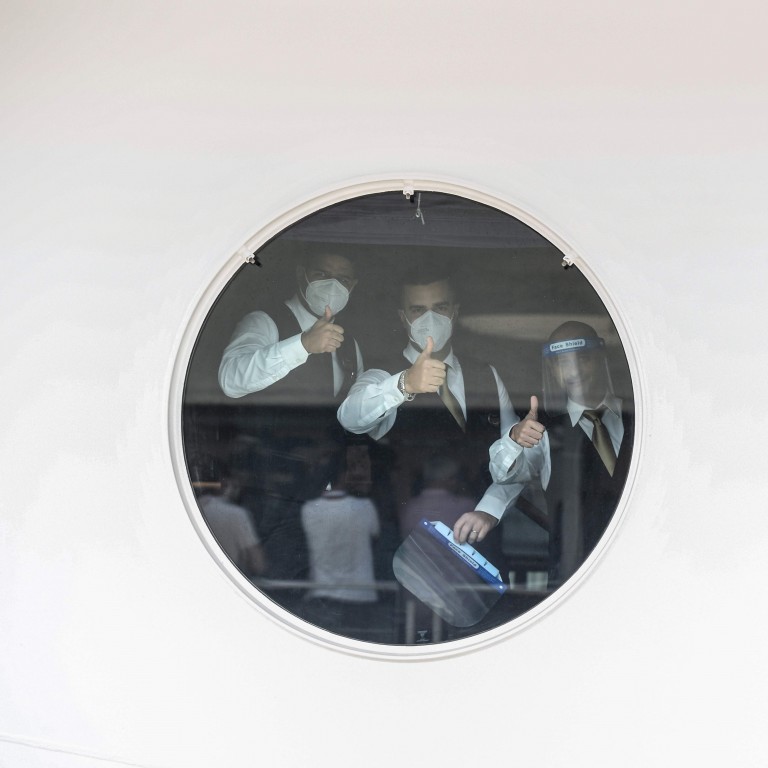 Next week will see significant moves in the US, where Royal Caribbean and Norwegian are scheduled to present their health protocols to the powerful Centers for Disease Control and Prevention.
Next week will see significant moves in the US, where Royal Caribbean and Norwegian are scheduled to present their health protocols to the powerful Centers for Disease Control and Prevention.
The lines assembled a Healthy Cruise Panel of leading authorities on disease control headed by Governor Michael Leavitt, a former US health secretary, five months ago.
The major cruise lines, who derive much of their revenue from cruising in the US and the Caribbean, are desperate to restart their ships, and the CDC has been criticised for refusing to engage with them more quickly.
‘The cruise industry is close to devastation. The market capitalisation of the three public companies has dropped by nearly US$50 billion. We’ve had to raise US$20 billion’ to stay afloat,” Frank Del Rio, president and CEO of Norwegian Cruise Line Holdings, told Miami-Dade County Tourism and Ports Committee.
‘Enough is enough It’s been more than six months. We, as an industry and society, have learned a lot about how to live beside COVID.”
Carnival Corporation, which owns Princess, P&O Australia, Carnival and other lines which sail in Australia, posted a US$3 billion quarterly loss last week. It is selling 18 of its “less efficient” ships.
In Australia, however, it is believed that government officials are now listening more attentively to plans from cruise lines.
The rebirthing of cruise will be a whole new experience. Cruise is essentially a convivial experience, so social distancing means recreating the passenger day. Masks may become a norm.
As will be “curated” line shore excursions – where a controlled environment can assure that contamination won’t occur.
Those lines with advanced technology will have a head start. Royal Caribbean’s app and Princess Cruises’ Ocean Medallion will now come into their own.
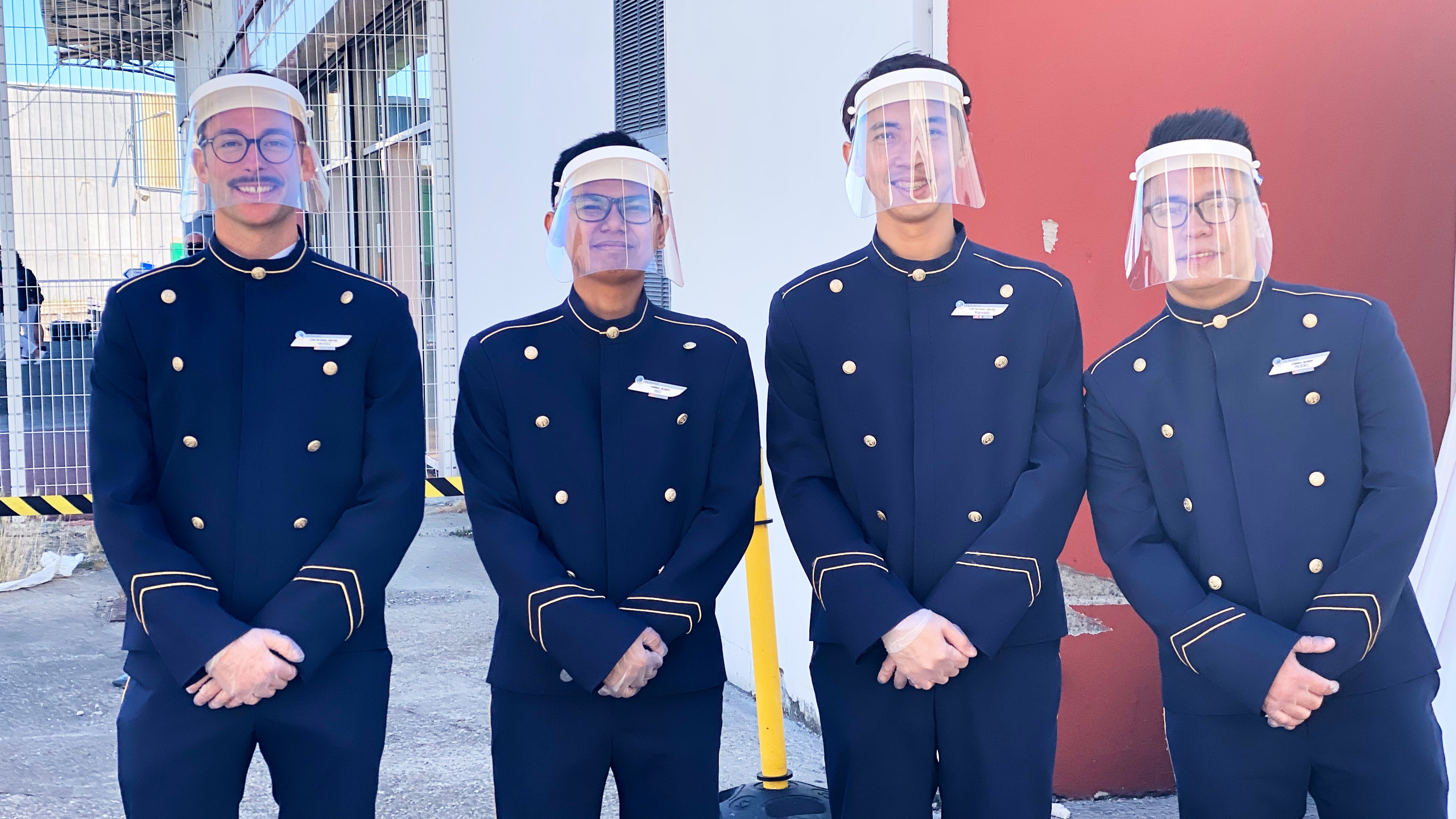
Smaller ships like Ponant, with 200 passengers, are attractive as an outbreak won’t take shore facilities to the same extent of a larger liner.
Age guidelines have yet to be decided. Some lines in Europe have introduced special regulations for those over 70.
The concern among governments is how a large-scale outbreak might impact local health resources.
There is talk of a “proof of concept”. In Europe, that is already under way.
MSC Grandiosa set sail on a five-port itinerary including Genoa, Civitavecchia, Naples, Palermo and Valletta. Passengers from the Schengen region only are allowed to travel and while the ship will sail in two countries, Malta and Italy, passengers will remain in a strictly sanitised environment once they’ve been tested and cleared to board, going ashore only on MSC’s official, carefully controlled excursions.
One family of four was removed from the ship on the first cruise after they left an official shore excursion.
So far, the return to cruising has gone well.

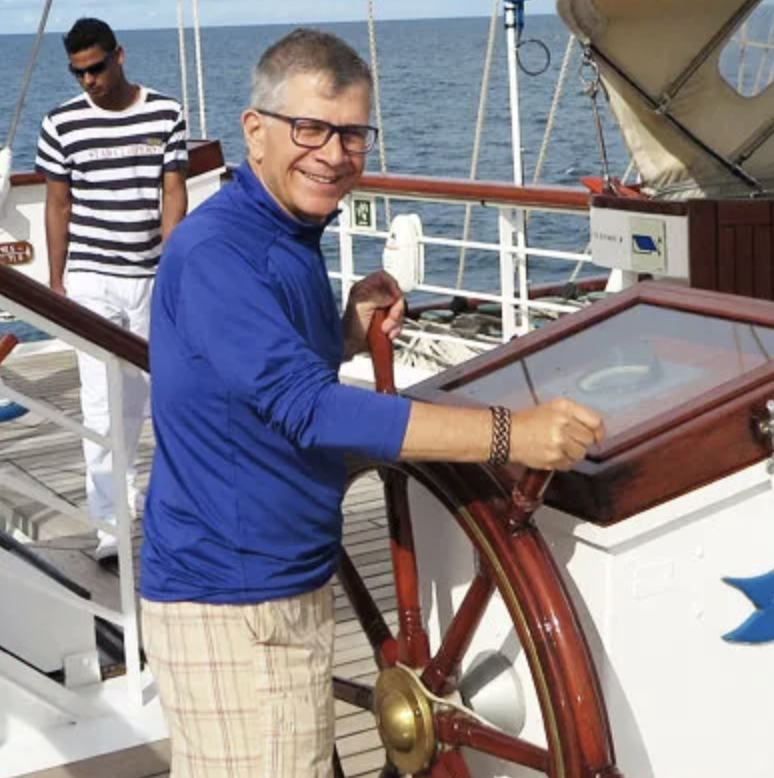
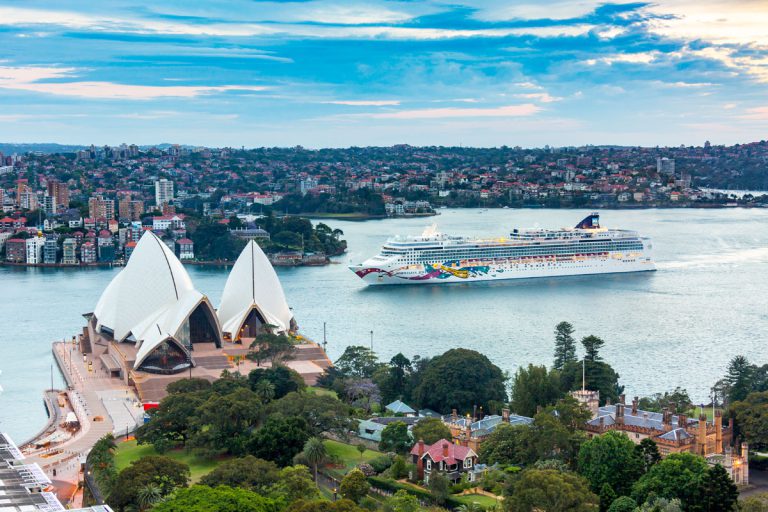

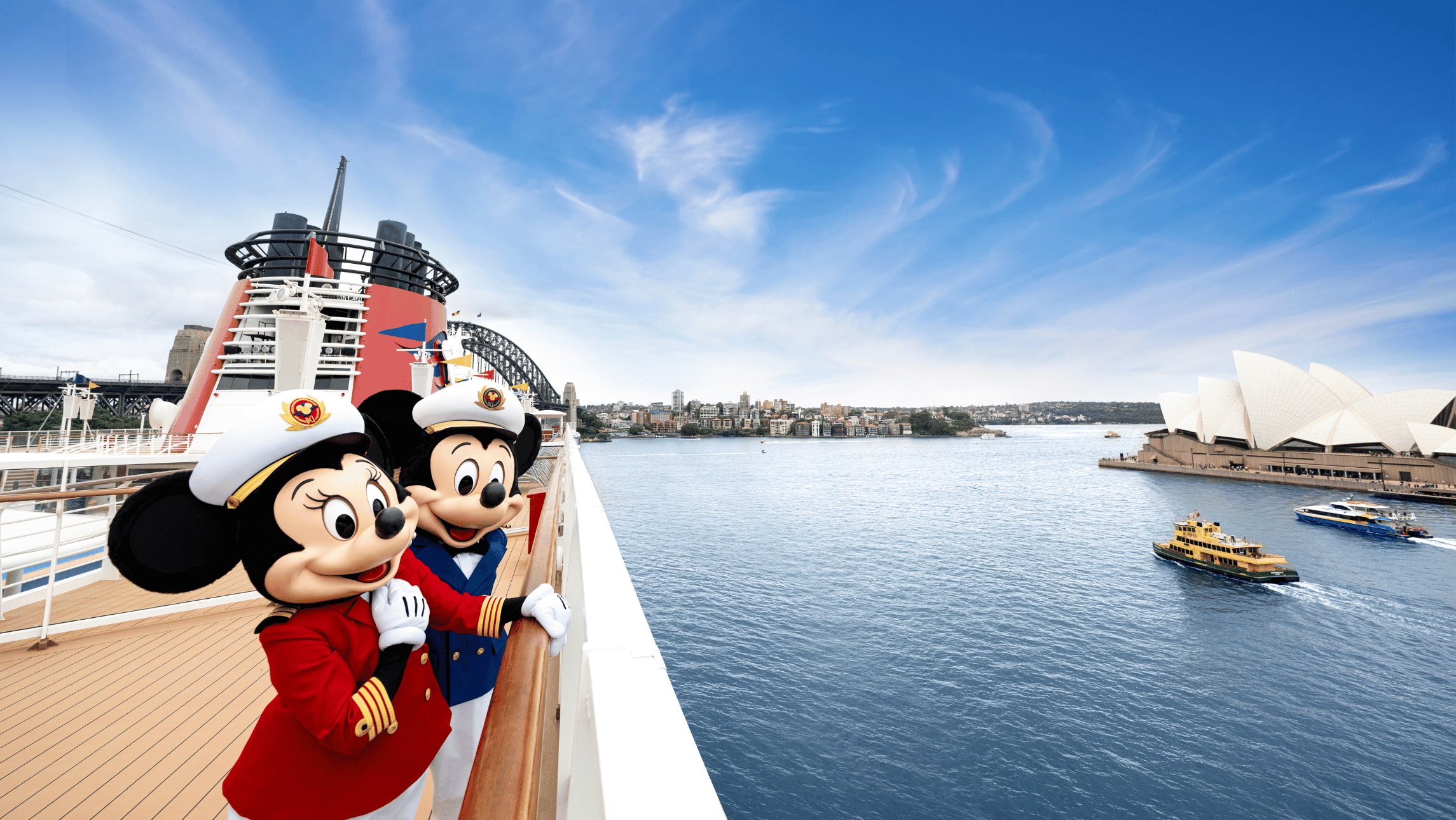

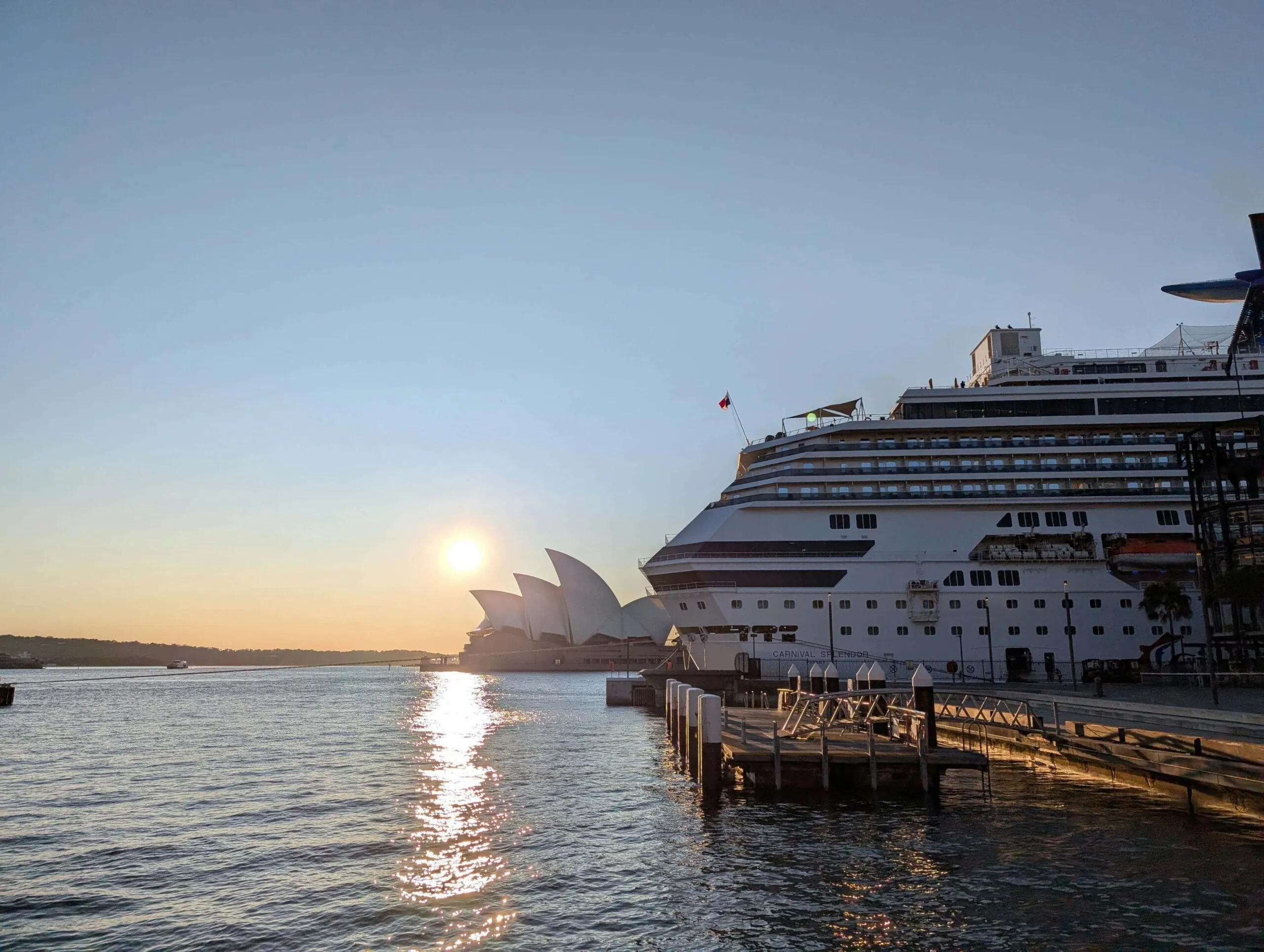



Do not forget that WA cruisers are ready to cruise too. All the articles I have seen relating to state by state cruising only refer to the Eastern states. Time the cruise companies acknowledged folks on the west coast and that includes the NT. I know WA borders are shut at the moment to practically all and sundry but that shouldn’t stop cruising along our beautiful coastal line from Fremantle for WA folks.
Can’t wait to cruise again. Have one booked for March next year and October next year. Hope they go ahead. Miss all of you. Laraine Morrison.
The only catch with the MSC start up that one can only take cruise line shore excursions which for many is the downside. Many enjoy exploring ports by themselves (as I for one) than being herded onto coaches to key spots and cruise line preferred tourist shops. Remember arriving in the port for Rome with Carnival and their was 10 plus coaches for the trip to Rome. Almost may as well stay onboard and have a cruise to nowhere.
We nead a Cruise ship out of Fremantle WA and if you did test on how it would go
you would fill a ship all the time as there are no ships that just do our coast north to south so have your company look at it a cruise could be 7 days to 14 days on which way you go on WA coast